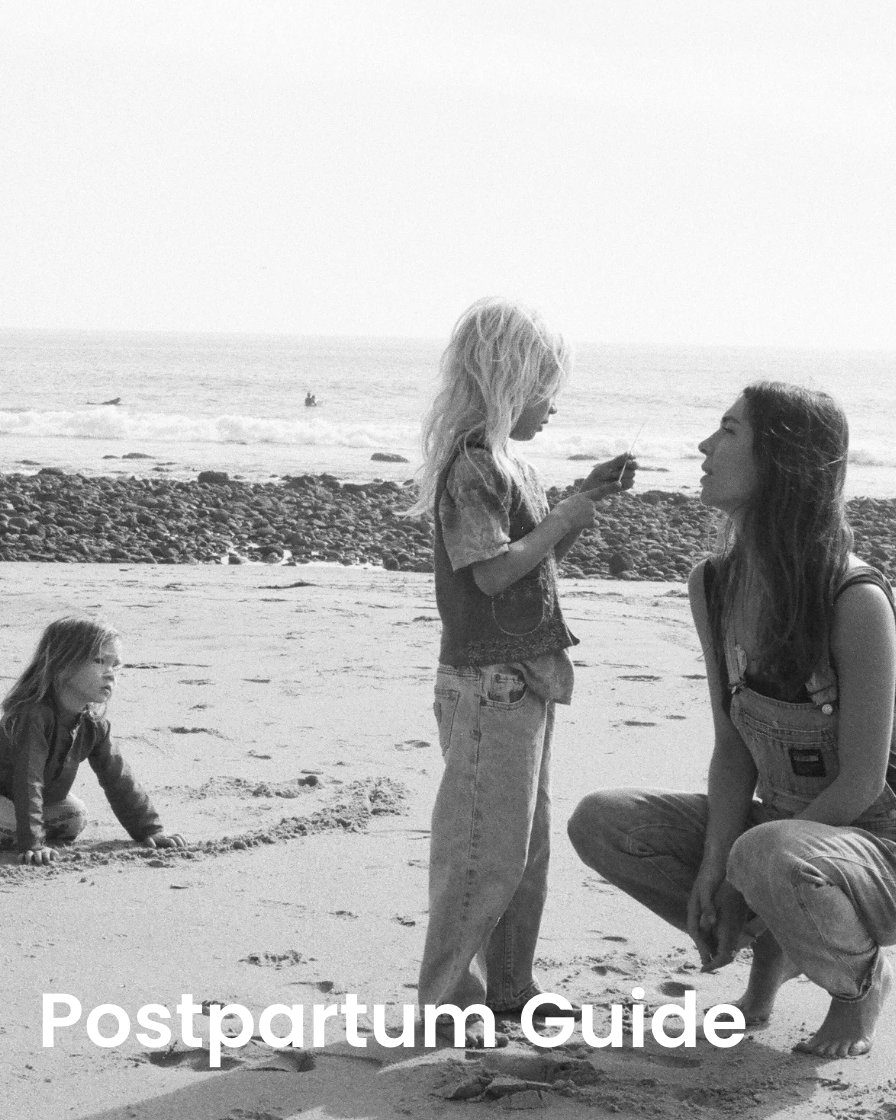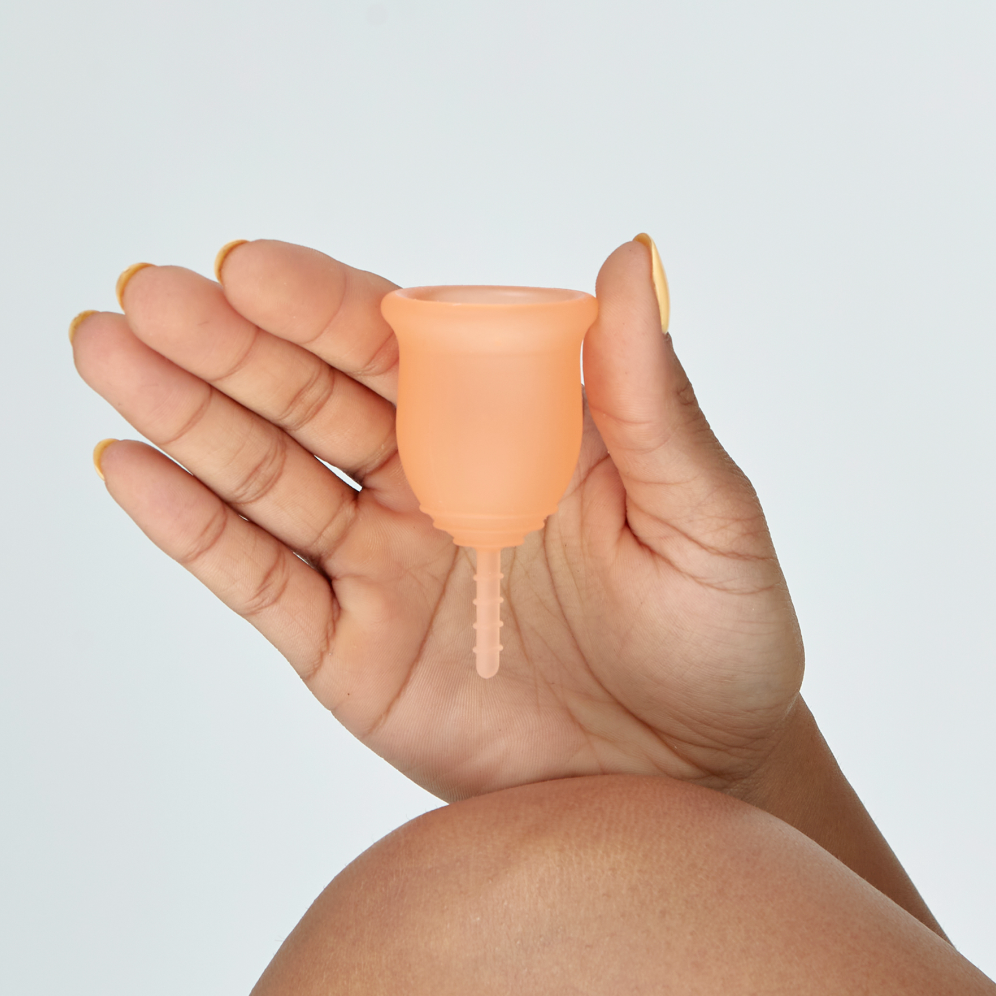
Using a Menstrual Cup After Birth.
A Complete Postpartum Guide
Your body has undergone significant changes over nine months and during childbirth. Understanding what happens during recovery is essential for making informed decisions about your period care.
This guide explains when to start, what size to use, and how Lena Cup supports your body’s recovery.
When Can You Start Using a Menstrual Cup After Birth?
You should wait until your doctor or midwife confirms that your postpartum healing is complete – usually around 6 weeks after birth. Never use a menstrual cup immediately after delivery, as the body is still healing and risk of infection is higher.
Can You Use a Menstrual Cup if You Had a Vaginal Birth?
Yes. Many people return to cups after vaginal delivery and find them comfortable with the right size and fold. If you’ve experienced a significant change in flow or cervix height, Lena’s Large size (Original or Sensitive) is often recommended for better support and capacity.
What If You Had a C-Section?
Even with a C-section, postpartum bleeding (lochia) is heavy at first. Once fully healed, many find that their previous cup size still works – but you may want to reassess if your cervix height or flow has changed.

Tips for Postpartum Cup Users
Be patient. The first few cycles may feel different. Lsten to your body.
Try a softer fold. A punch-down fold may feel gentler after birth.
Reassess sizing. Lena's quiz or size guide can help if you're unsure.
Ask for support. If you're unsure, reach out to our team, we're here for you.
Need more help?
Frequently Asked Questions about Postpartum Cup Use
No. Menstrual cups should not be used immediately after childbirth. Wait until your healthcare provider confirms that you’ve fully healed, usually around 6 weeks postpartum.
Many postpartum users find the Large Original works best, as it provides extra capacity and a secure fit. However, your flow, cervix height, and sensitivity also matter – check our Sizing Guide or take the Cup Quiz for personalized recommendations.
Yes, it can. Pregnancy and birth may change your cervix position and pelvic floor tone, so it’s a good idea to check your cervix height before choosing your cup size again.
Yes. Breastfeeding itself doesn’t affect cup safety, but hormonal changes may make your tissues feel drier or more sensitive. If so, the Sensitive Cup may feel more comfortable.
No, as long as you wait for medical clearance. Cups rest inside the vaginal canal and don’t interfere with pelvic floor exercises or healing once your provider gives the go-ahead.
Postpartum changes sometimes affect fit. If leaks occur, try checking your cervix height, adjusting the fold method, or exploring a different cup size or firmness. You might find switching to the Large Sensitive Cup gives you the right balance of softness and capacity.

